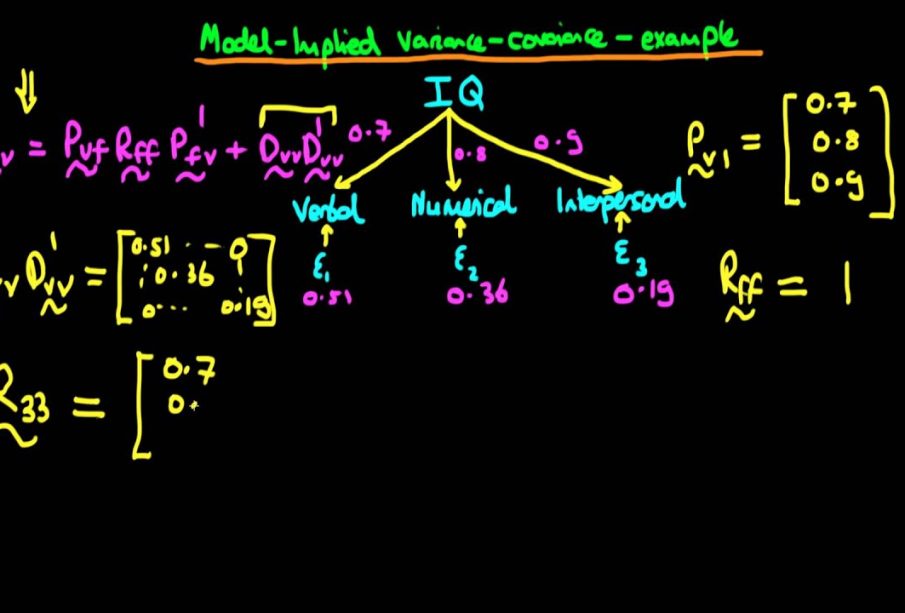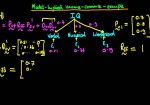Quadratic Discriminant Analysis (QDA): Modeling Class-Specific Covariance Matrices for More Flexible Boundaries

Introduction: The Art of Curved Decisions
Imagine a painter with two brushes—one for rigid, straight lines and another for smooth, flowing curves. Linear Discriminant Analysis (LDA) paints the world with straight strokes, assuming all categories share the same shape of data distribution. Quadratic Discriminant Analysis (QDA), on the other hand, wields the curved brush—embracing the unique texture of every class, adapting boundaries that bend gracefully to fit the data’s natural flow.
In a world increasingly shaped by intelligent algorithms, mastering QDA feels like learning to see in higher dimensions—a skill often refined in a data science course in Mumbai, where learners explore not just how models classify, but why they do.
1. Beyond Linearity: Why QDA Exists
While LDA simplifies life with linear assumptions, it often oversimplifies the truth. Real-world data—whether from finance, biology, or image recognition—rarely conforms to a single shape. QDA acknowledges this complexity by allowing each class to have its own covariance matrix.
This means that instead of one universal boundary, QDA draws custom borders for each class—sometimes curved, sometimes elliptical—capturing nuances that linear models overlook. It’s like tailoring separate suits for each dataset rather than forcing everyone into one size.
2. The Mathematics of Flexibility
At the heart of QDA lies the covariance matrix—a mathematical structure that defines how features vary together. Each class has its own covariance pattern, influencing how the decision surface bends.
Mathematically, QDA models each class as a multivariate normal distribution with its mean and covariance. The classification rule then chooses the class with the highest posterior probability. Unlike LDA’s straight boundaries, QDA’s quadratic form allows boundaries to curve, twist, or even enclose data clusters entirely—offering a more accurate reflection of reality.
Students mastering such concepts in a data scientist course learn how covariance shapes decision-making, turning abstract numbers into insights that guide predictions and strategy.
3. The Power of Curvature in Real-World Scenarios
In practice, QDA shines where class variance differs significantly. Consider medical imaging, where healthy and diseased tissues have distinct statistical signatures, or fraud detection, where patterns of normal and abnormal transactions vary wildly.
By respecting each class’s natural structure, QDA can separate them with uncanny precision. It’s like a sculptor chiseling out boundaries guided by the grain of the stone—using the material’s own texture to define form.
4. Balancing Flexibility and Risk
However, with great flexibility comes the danger of overfitting. QDA’s multiple covariance estimates demand more data to remain stable. In small-sample settings, it may learn noise instead of patterns. That’s why practitioners often balance QDA’s power with regularization or hybrid models that blend QDA’s curvature with LDA’s stability.
A data science course in Mumbai often emphasizes this balance—teaching when to let models flex and when to constrain them for better generalization. Learning QDA becomes not just about equations, but about judgment—knowing when complexity adds clarity and when it clouds understanding.
5. Why QDA Still Matters
In today’s era of deep learning and complex models, QDA might seem old-fashioned. Yet its elegance lies in interpretability. It provides a window into how data spreads and interacts—insights that opaque models often hide.
Professionals trained through a data scientist course often rediscover QDA as a grounding tool—something that reminds them how data behaves beneath layers of abstraction. It bridges intuition with mathematics, theory with application.
Conclusion: The Elegant Geometry of Intelligence
Quadratic Discriminant Analysis is more than a classification algorithm—it’s a study in adaptability. It teaches us that intelligence, whether human or artificial, lies not in rigid lines but in graceful adjustment to complexity.
By understanding and applying QDA, data scientists move closer to building models that don’t just classify accurately but understand deeply. And for anyone learning through a data science course in Mumbai, QDA stands as a masterclass in flexibility—a reminder that in data, as in art, beauty often lies in the curve.
Business name: ExcelR- Data Science, Data Analytics, Business Analytics Course Training Mumbai
Address: 304, 3rd Floor, Pratibha Building. Three Petrol pump, Lal Bahadur Shastri Rd, opposite Manas Tower, Pakhdi, Thane West, Thane, Maharashtra 400602
Phone: 09108238354
Email: enquiry@excelr.com
















